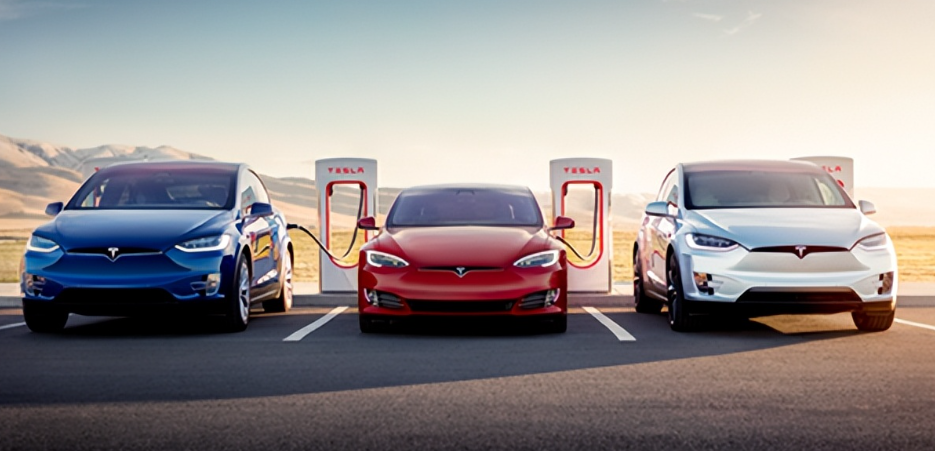
By Gabby Chen
(JW Insights) Apr 25 -- US EV giant Tesla opened its charging network to other non-Tesla new energy vehicles (NEVs) in Chinese mainland for trial on April 25, reported Pandaily.
The initial trial includes 10 Tesla supercharging stations that are accessible to 37 non-Tesla vehicle models. This means models such as BYD, NIO, Zeekr, Li Auto, Geely, Seres, BMW, Porsche, Mercedes-Benz and Ford will be able to use Tesla's supercharger network.

For a long time, Tesla's supercharger was only open to Tesla drivers. At the end of 2021, Tesla launched a "Non-Tesla Supercharger Pilot Program" in Europe. Currently, vehicle owners in more than 10 countries and regions around the world can enjoy this service.
It is worth mentioning that in March of this year, Tesla's first V4 supercharger was officially put into use in the Netherlands. During the pilot operation phase, the charging station was only open to Tesla models. However, Tesla has announced that its V4 superchargers will be open to all electric vehicles, which may help grow their charging business.
As of now, Tesla has established over 1600 supercharging stations and more than 10,000 superchargers in Chinese mainland. Together with over 700 Destination Charging stations and over 2000 Destination Chargers, the charging network has covered all provincial capitals and municipalities directly under the central government.
Tesla's Q1 revenue reached $23.329 billion, growing 24% year on year, with revenue in China contributing $4.891 billion, a year-on-year growth rate of 5.18%, as per documents submitted to the US Securities and Exchange Commission (SEC) on April 24.
Tesla sold 422,900 electric vehicles in Q1, a 36% year-on-year increase, with 229,300 units sold in China, up 21% year on year, according to figures from the China Passenger Car Association (CPCA). This suggests that more than half of its production capacity came from the Shanghai Gigafactory, said the Pandaily report.








